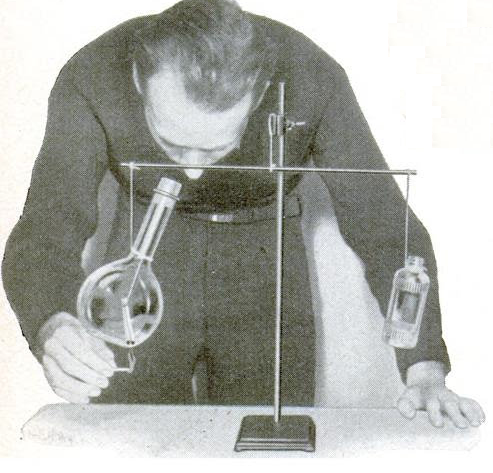We drove today from Minneapolis to Freemont, Nebraska, near Omaha. Tomorrow, we will drive to our viewing location in Hastings. There were no traffic problems today.
There was fairly heavy traffic southbound on Interstate 35 from Minneapolis to Des Moines, but absolutely no problems. The majority of the cars we saw in Iowa had Minnesota license plates, and many were obviously loaded with camping gear, cameras, and other signs that they were eclipse chasers. We spoke to several other chasers in rest areas, and everyone was very upbeat.
Traffic is always heavy on Interstate 80 between Des Moines and Omaha, and today was no exception. In addition to the normal truck traffic, there were many cars and RV’s with Minnesota and Wisconsin plates.
To get to our hotel in Freemont, we continued on 680, which was eerily devoid of traffic. We got on northbound I-29 for a few miles, and southbound traffic toward the eclipse seemed moderately heavy for a Saturday.
We got off I-29 onto US 30 to head west into Nebraska. There was no traffic to speak of. We gassed up in Blair and drove to Freemont with no problem. The hotel clerk apparently didn’t have glasses yet, and was very grateful when we gave him a pair.
I’ll update tomorrow with conditions between Freemont and Hastings. We might continue on US 30 to Grand Island, but due to the lack of problems, we might get back on the interstate just to report the conditions.
If you are making a last minute trip and hear that traffic is heavy on I-35 and I-80, our experience today suggests that a better route might be to drive to Sioux City, Iowa, and then continue on US 30 to Grand Island or other points in totality.
At least five hotels in Omaha still show availability for Sunday night for under $100. To find one, check my Minnesota Iowa travel page and click on any of the hotels listed there. Even if it’s not available, you’ll see a list of all available hotels.

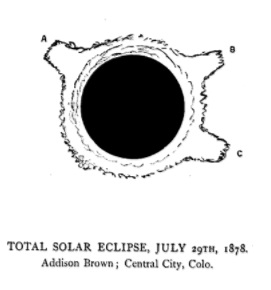 We are now beginning our final preparations to activate the
We are now beginning our final preparations to activate the 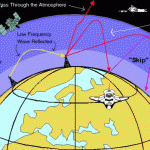 During the eclipse, we plan to transmit radio signals that you can monitor in real time at home. I’ll try to repost it before Monday, but you will be able to follow in real time at
During the eclipse, we plan to transmit radio signals that you can monitor in real time at home. I’ll try to repost it before Monday, but you will be able to follow in real time at 
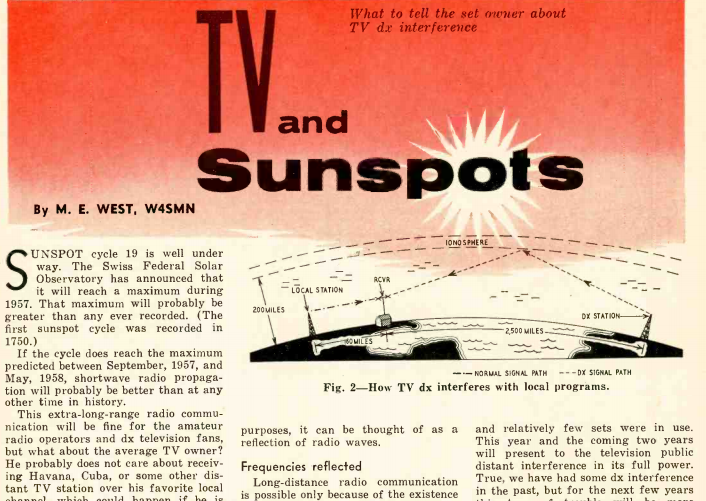 Sixty years ago, solar activity was at an all-time high, and the sun was plastered with sunspots. This was good news for hams, who depend on this solar activity for ideal radio communications on the high frequency bands. But in addition to being literal dark spots, this was, figuratively a dark time for the hapless TV repairman in fringe areas, because it fell upon him to explain to his customers that their interference woes weren’t his fault, but were instead caused by blotches on the sun.
Sixty years ago, solar activity was at an all-time high, and the sun was plastered with sunspots. This was good news for hams, who depend on this solar activity for ideal radio communications on the high frequency bands. But in addition to being literal dark spots, this was, figuratively a dark time for the hapless TV repairman in fringe areas, because it fell upon him to explain to his customers that their interference woes weren’t his fault, but were instead caused by blotches on the sun.


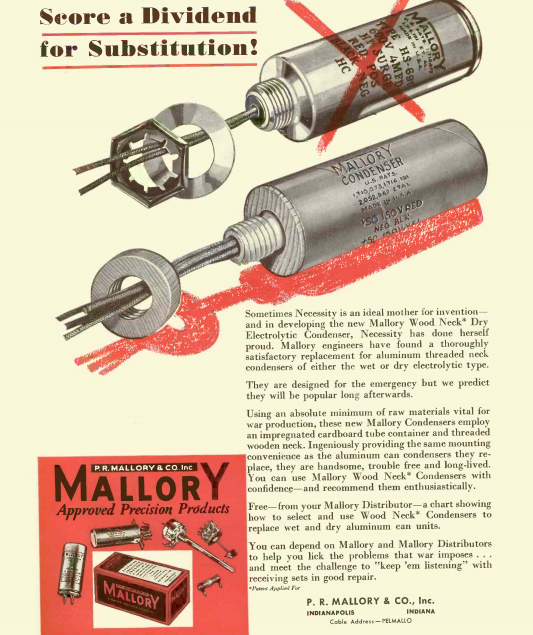 With wartime material shortages, replacement radio parts were hard to come by. And even when parts were available, the manufacturers had to adapt to wartime conditions.
With wartime material shortages, replacement radio parts were hard to come by. And even when parts were available, the manufacturers had to adapt to wartime conditions.